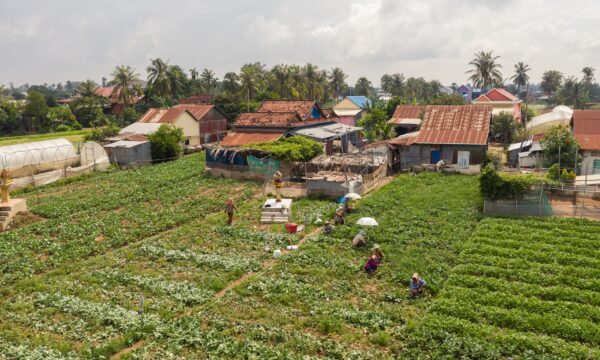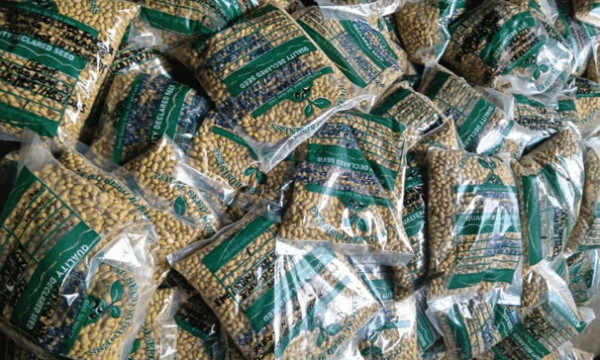
Roughly 40 million people in Bangladesh depend on coastal areas for agriculture and is the most important livelihood option (© Pexels)
A recent study published in Nature Climate Change has suggested that the future global effects of climate change will impact the livelihoods of over 200,000 coastal farmers in Bangladesh as sea levels rise. Flooding of saltwater is already negatively impacting coastal residents in the country as soil conditions alter, causing farmers to either change from historic rice farming to aquaculture or to relocate further inland to avoid such salinity changes.
Members of the study, including researchers from Ohio State University and the International Food Policy Research Institute gathered socioeconomic, geographic, population and climate change data to create models to allow them to estimate population shifts in the future based on varying levels of water encroachment within coastal areas and the resulting rising of soil salinity.
It was estimated that farms will lose up to 21% of their crop revenue every year when faced with these salinity changes, which will result in a large drive for migration within the country. Over the next 120 years, communities in coastal areas which are currently home to 1.3 billion people globally will be overwhelmed with seawater. This will result in roughly 40% of Bangladesh’s agricultural land being at risk. It has already been noted that residents of such areas are experiencing more frequent flooding and as a result some have begun altering their livelihoods to alternate solutions and practices.
“Many farmers have already converted some of their operations to aquaculture, raising shrimp and fish that do well in brackish water,” said Joyce Chen of Ohio State University in ScienceDaily.

Rice farming accounts for roughly 75% of Bangladesh’s land use (© Pexels)
As soil contamination increases due to flooding of seawater, the share of agricultural revenue from seafood farming such as shrimp is predicted to increase by up to 60%. However, converting from rice farming to aquaculture isn’t a cheap or simple process, with many rural farming communities expected to be unable to make these changes on such a large-scale.
The idea of increased flooding in the future is worrying to many; however to those who already base their livelihoods on the availability of seawater or brackish water resources, they require it to sustain their businesses. This is a notable issue which will need to be addressed and incorporated into future policy making so to reduce potentially harmful impacts to either industry.
Interestingly, the study stated that internal migration is likely to increase by 23% due to the factors mentioned above, however, migration abroad is estimated to decrease by 66% as soil salinity levels increase. This is believed to be due to the aquaculture industry providing more desirable jobs for residents.
“My concern is that the most vulnerable people will be the least resilient int he face of climate change, because they have limited resources to adapt their farming practices or to move longer distances in search of other employment,” said Chen.
The study concluded in stating that regional, governmental and international policy makers should plan early for such population shifts due to climate change and that specific effects in one country will impact on all neighboring countries and other industries as ripple effects will be seen on both a national and international level.
If you would like to read further on this subject then please see the links below:
- Global sea levels rising
- Bangladesh struggles to turn the tide on climate change as sea levels rise
- Bangladeshi islanders must decide between keeping the water out or letting it in
2 Comments
Leave a Reply
Related News & Blogs
The role of soil health in sustainable agriculture
Previously, we have discussed the importance of soil health for agriculture, highlighting its threats and outlining protection strategies. In this blog, we dig deeper into the role of soil health in sustainable agriculture and explore its long-term ben…
18 June 2025





[…] The future for coastal farmers in Bangladesh […]
[…] Agriculture, Crop losses, Pest management, Plant pests and diseasesaphids, biocontrol, biological control, China, ladybird, ladybug, reblog Previous Article The future for coastal farmers in Bangladesh […]